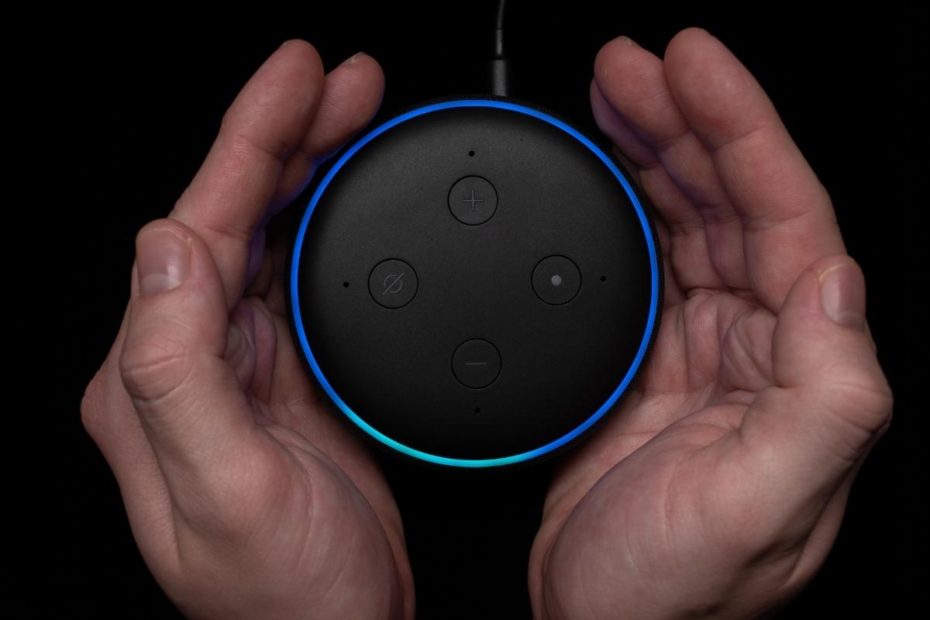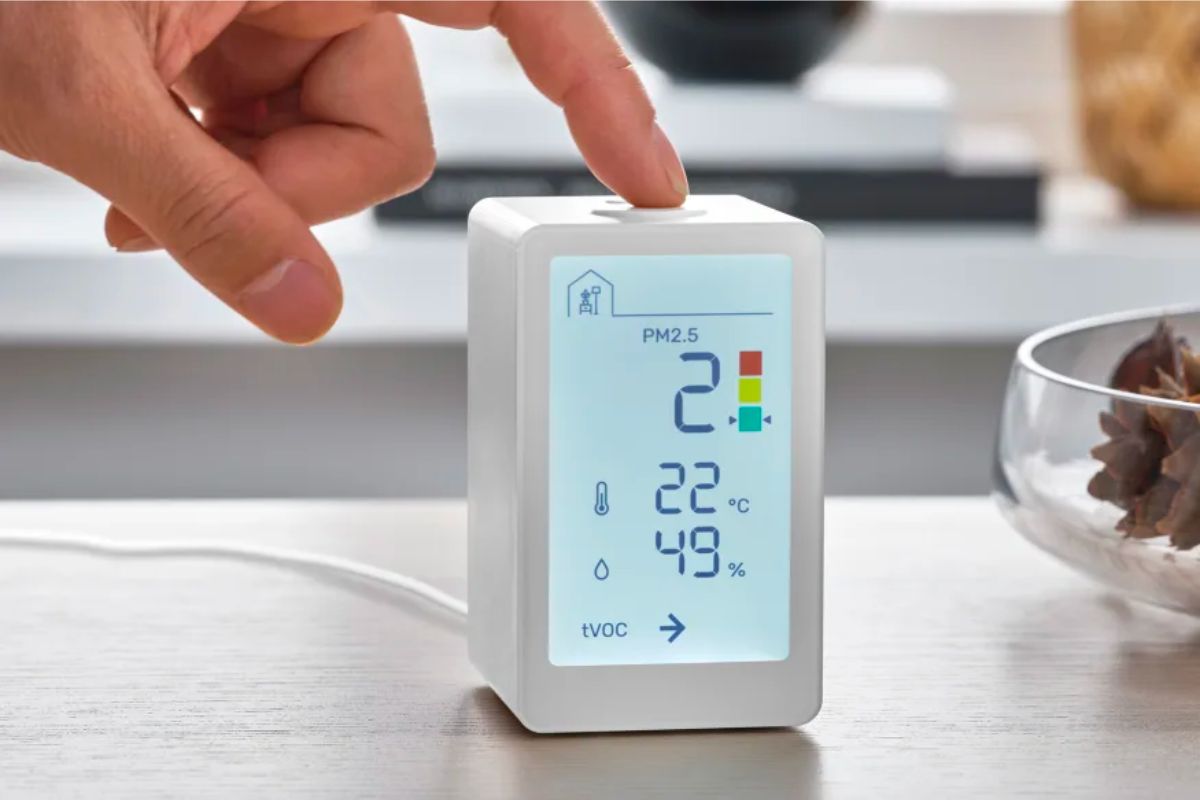For the past decade or so, Amazon has been changing and reinventing the way we buy, the way we interact with one another, and the way we communicate.
Its latest innovation comes in the form of a network called Amazon Sidewalk.
What is Amazon Sidewalk, you may ask? But before answering that question, let’s go into a different, and perfect universe for a second.
Imagine if your new devices were automatically connected to your network in your house (WiFi), regardless of the distance, no fiddling with logins or security codes.
And even further, everything worked the same for your entire neighborhood or community. In case of any system issue, your devices could connect to your neighbor’s network (without sharing any personal data) to keep working.
That’s the potential of the Amazon Sidewalk.
What is Amazon Sidewalk?
The Amazon Sidewalk is a new and innovative network created by Amazon, allowing you to share your low-bandwidth home WiFi networks with neighboring customers.
It is essentially a network helping your devices stay online even when they are outside the range of your home WiFi. By using nearby devices in the same network. These devices could be yours or your neighbors.
This network will use Bluetooth Low Energy for short distances, and a 900 MHz radio spectrum for long-range.
This network and features will go live by default on June 8, 2021, in the US, and on a number of its devices only. At least at the beginning.
If you already own amazon devices, this feature will be activated by default with no setup process required.
How can you use Amazon Sidewalk?
The Amazon Sidewalk Network can be used in many different ways, and one of them is connectivity.
Say your Amazon devices are connected to your WiFi, but your WiFi router is too far away from the balcony door.
Now, you can use Amazon Sidewalk Network to extend the range of coverage on these devices.
The network will facilitate the connection between your Amazon devices using each device’s connection.
This simple process allows for better connectivity between devices, no interruptions in your day-to-day life. This could get rid of minor tasks you have to go through such as authenticating your password when login into a new device, syncing your data, and much more.
If your Ring doorbell, for example, isn’t located close to your WiFi router, but it happens to near an Echo Dot, it can use Sidewalk to stay connected.
Also, if you were to have a network outage in your area, a smart device in your house (say your Ring doorbell) may still function (However, not well enough to send video stream.)
So this low-power connection is good for devices like Apple Airtags or Tile trackers, allowing you to locate your belongings.
So if we have to weigh the pros and cons, one could argue that in a perfect world this would definitely make sense.
The thought of staying connected and eliminating additional tasks definitely seems appealing. Especially when applied on a larger scale.
Here’s a list of devices compatible with this network:
- Ring Floodlight Cam (2019)
- Ring Spotlight Cam Wired (2019)
- Ring Spotlight Cam Mount (2019), Echo (3rd gen and newer)
- Echo Dot (3rd gen and newer)
- Echo Dot for Kids (3rd gen and newer)
- Echo Dot with Clock (3rd gen and newer)
- Echo Plus (all generations)
- Echo Show (all models and generations)
- Echo Spot
- Echo Studio
- Echo Input
- Echo Flex

In case you are worried about your network being overclocked, note that the maximum bandwidth of a Sidewalk Bridge to the Sidewalk server is 80Kbps, which is about 1/40th of the bandwidth used to stream a typical high definition video.
The total monthly data used by the Sidewalk network is currently capped at 500MB, which is equivalent to streaming about 10 minutes of high-definition video.
So it should be easy on your network.
Ps. Amazon made it clear that Amazon Sidewalk is not a replacement for your home WiFi network, rather a complimentary feature that allows better connectivity.
However, with great features comes some skepticism.
Ever since this new Sidewalk network was announced, we saw an uproar among users. The concern here is not about data consumption, but rather about privacy.
See, privacy has been consumers’ concern for quite some time now, especially since the Facebook incident.
Consumers seem to care more about their data than ever before, and some consumers are going as far as not using certain services for lack of trust or transparency.
It is no different with Amazon. While the network enables a great way to keep your Amazon devices connected, it does not just keep the connection within your household.
The point of this network is to use any devices operating in Amazon’s mesh network. Whether or not connected to the same WiFi connection.
Your neighbor’s devices could and will be able to communicate with your devices and vice versa, almost like sharing data.
But let’s be clear here, you’re not going to use Amazon Sidewalk to connect to your neighbor’s house, access their WiFi on your laptop, and use their ISP bandwidth to watch Netflix.
But your Amazon devices (Echo and Ring camera) and your neighbors can co-mingle, forming a low-energy, long-range mesh network over the whole area. And that is what seems to be the concern because Sidewalk opens up your network to traffic you don’t necessarily want.
On the press release, Amazon was pretty clear that Sidewalk uses three layers of encryption so that no data is shared between say, someone’s Tile tracker and your network. The signal from the Tile is encrypted all the way back to the Tile app on your iPhone or Android smartphone.
Once the network goes live, the feature will be activated by default and that’s another concern for people already using some of Amazon devices.
So here’s how to turn off the Amazon Sidewalk feature:
If you have the Alexa mobile app on your smartphone or tablet, go to:
More > Settings > Account Settings > Amazon Sidewalk
The toggle will be set to Enabled. Toggle it back to Disabled, and it will be deactivated from all the devices on your account.
This network idea in itself is a great idea and a convenient way for people to use their devices. Especially now that technology keeps moving forward at a fast pace, this feature could become a must for most users.
As long as we can guarantee that our data is safe, despite sharing our network with strangers.
Because that alone could be why certain users walk away.
You can read more about this network here.






